Key Takeaways
- Reversible cover art often goes unnoticed by many fans, except the most dedicated.
- RPG titles, like Cyberpunk 2077, implement player-customizable gender options on cover art.
- Alternate cover art designs, such as Bioshock: Infinite, can please fans more than the original.
Although reversible cover art is present in many of the best-selling video games of all time, it appears that often only the keenest-eyed fans and artists themselves will most likely notice and appreciate them past a complimentary nod of approval.

Related
10 Best Video Game Remakes That Improved Upon The Originals
These excellent video game remakes improved on their original games through graphical, gameplay, and great quality of life features.
From invoking past inspirations to showcasing particularly evocative concept artwork, and interpreting the title’s variety, the cover art hidden behind manuals, disks, and leaflets is often applauded and appreciated by fans of the game itself.
8 Cyberpunk 2077
A Minimalist Interpretation Of The Variety Afforded In RPG Titles
- Released
- December 10, 2020
Among the plethora of customizable options provided to players when they pick up a role-playing game such as CD Projekt Red’s 2020 Cyberpunk 2077 is that of gender. As a result of RPG titles’ player-led narrative and customizability, many RPG developers have since decided to implement dual-sex representation on their game’s cover art. While Cyberpunk 2077‘s minimalist depiction of V can be flipped with the alternate gendered option, as can be done in-game, CD Projekt Red is not the first development studio to actively include such a representative option.
From Bioware’s Mass Effect 3 giving players access to a female Commander Shephard on the reverse cover, to Ubisoft’s more recent Assassin’s Creed titles allowing the same customization. While it is not a groundbreaking revelation, and the option to play as either a female or male protagonist generally does not impact gameplay, the extension of player freedom and customization to the box art itself is an ingenious way to provide an ample dose of inclusivity.
7 Metroid: Samus Returns
Samus Aran’s Reinterpreted Combat Armor Is Shown Beside Its Inspiration
While Metroid: Samus Returns may be a 2017 3DS remake of the 1991 Game Boy title Metroid 2: Return of Samus, the ground-up development of the title for Nintendo’s eighth-generation handheld showcases Samus Returns as more of a reboot of the series than a spruced-up remaster.
However, if owners of Metroid: Samus Returns‘ physical case were to look at the title’s inside cover, then the 2.5D Metroidvania title’s legacy roots would be shown for all to see. Although MercurySteam and Nintendo EPD have depicted Samus in an identical pose to that of the original Game Boy title, her bulky orange power armor can be seen – in all of its 1991 glory – on the inverse of the sleeve.
6 The Evil Within
A Monochromatic Vision Of This Horror Title In Line With Its Creator’s Roots
Third-Person Shooter
Survival Horror
- Released
- October 14, 2014
Before the studio’s acquisition and later liquidation by Microsoft in 2021 and 2024 respectively, Tango Gameworks’ 2014 survival horror title The Evil Within was its first and – arguably – most well-known IP. Directed by former Resident Evil creator Shinji Mikami, and proving its success by spawning a further sequel in 2017, The Evil Within was a somewhat critical and commercial success.
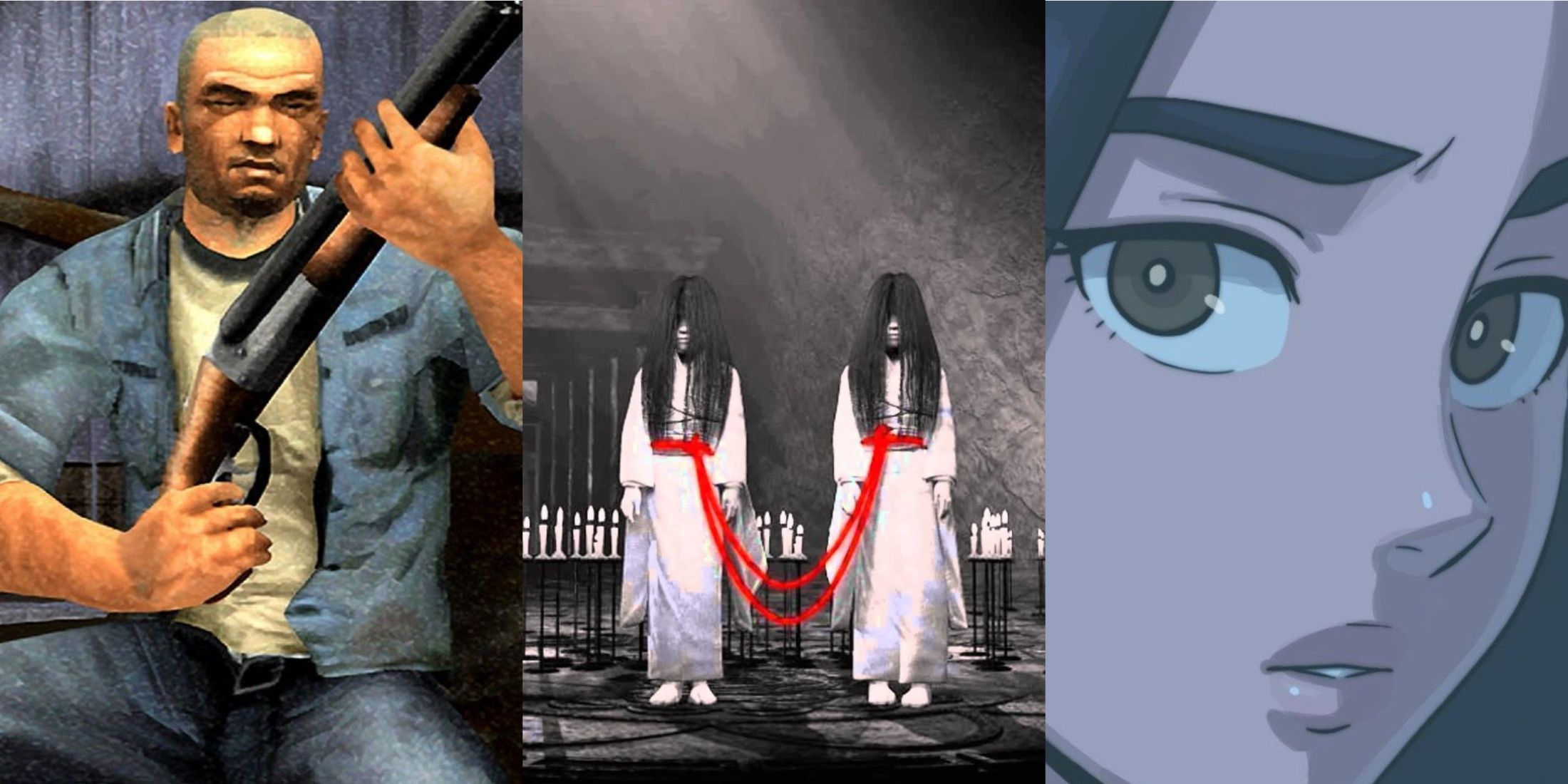
Related
7 Survival Horror Game Franchises That Were Killed Off Too Quickly
These brilliant horror games had lots of potential, but their franchises died before they got to unleash that potential in its full.
While its front-facing cover art is an engaging and frightful image that seemingly entices players, hidden on the cover’s flip side is a much more artistically driven cover art image. Seemingly taking key inspiration from the minimalist style of titles such as Resident Evil 4‘s PAL and Japanese cover images, the striking contrast of buildings and silhouetted figures are engrossing and inspiring in a way that represents the game’s legacy while carving a future for itself.
5 Ratchet & Clank: All 4 One
A Tongue-In-Cheek April Fool’s Joke Taken To Its Logical Extreme
If a title is lucky enough to be bestowed an alternative reversible cover art design, usually it’s done to showcase a certain piece of memorable concept art, to represent the game’s multiple protagonists, or to pay homage to the legacy of the titles that preceded it. However, when designing the reversible cover art for Ratchet & Clank: All 4 One in 2011, the comedic crayon-like art that “began its life as an April Fool’s Day PlayStation.Blog post” was brought forth and given new life on store shelves.
While still representing the Ratchet & Clank spin-off’s focus on simultaneous multiplayer, All 4 One‘s reversible cover art is instead designed in line with the series’ tongue-in-cheek humor and antihero Captain Qwark’s ego-driven fantasies.
An Illustrated Reminder Of The Metal Gear Series’ Legacy Titles
While its place within the expansive Metal Gear Solid series by Hideo Kojima is somewhat peculiar considering its prologue nature, Metal Gear Solid 5: Ground Zeroes is undeniably a Metal Gear title through and through.
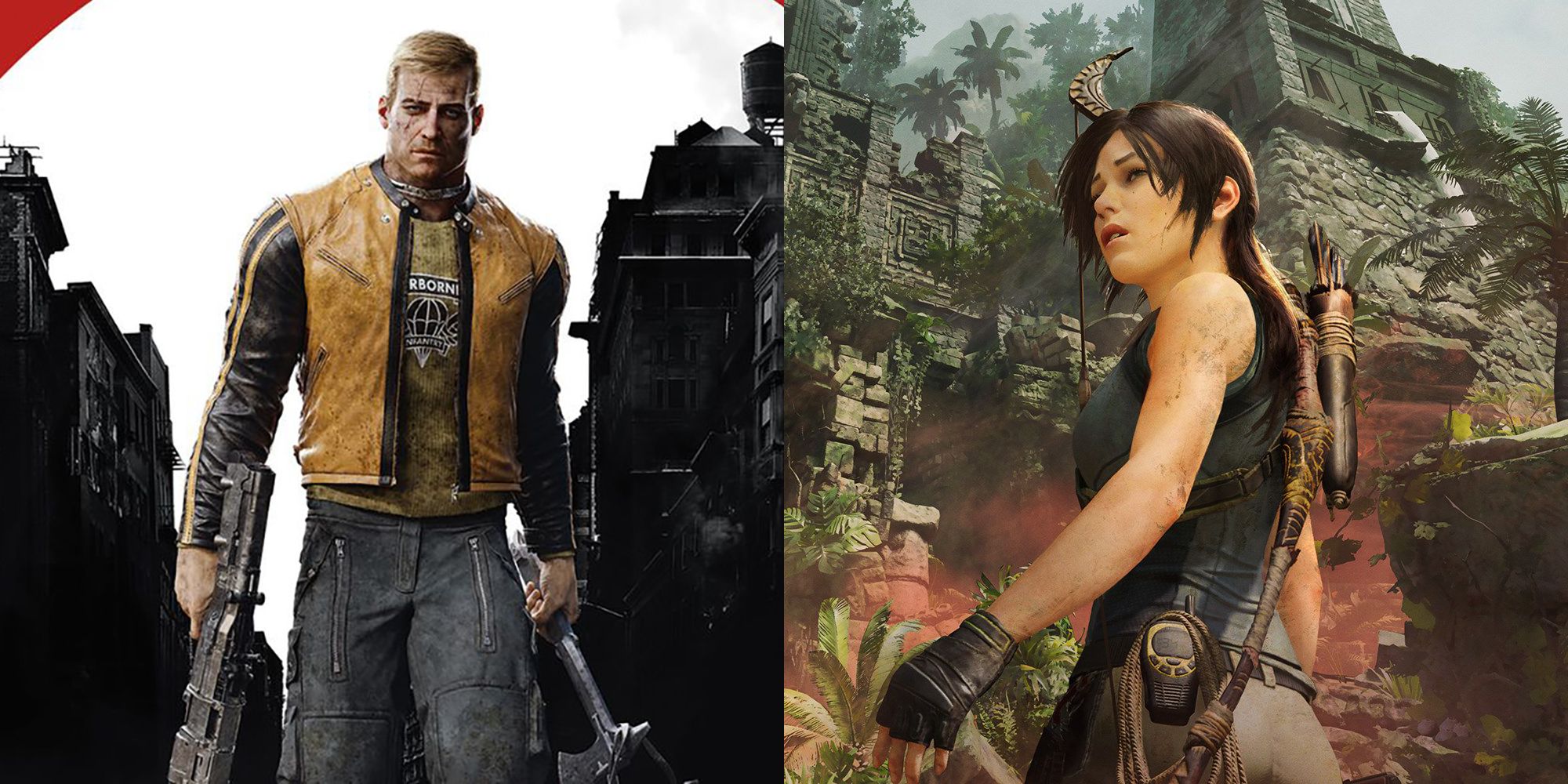
Related
6 Video Game Franchises That Have Been Rebooted Multiple Times
Video game franchises are always trying to stay relevant. It can be difficult to create good jumping-on points for new fans without frequent reboots.
While its front-facing cover art may fit within the cut-and-dry “protagonist on the front” aesthetic of action titles, Ground Zeroes‘ reversible cover art showcases the quintessential artwork of Yoji Shinkawa. Appearing on Japanese, North American, and South American copies of the title, Metal Gear Solid 5: Ground Zeroes‘ alternate cover art provides it with a cover art style that runs parallel to that of the series’ older titles.
3 Bioshock: Infinite
A Fan-Picked Alternative To A Widely-Lambasted Initial Cover
Although many alternate cover art sleeves for titles may be preferred by some fans, due to their striking use of color or layout, most would agree that the original can be a palatable choice. However, with the 2013 release of Bioshock: Infinite, many outlets proclaimed that the depiction of the title’s protagonist on the cover betrayed a multi-game lineage of compelling cover art.
Pushing back against “the worst box art of the decade”, the red and black illustration of Infinite‘s reversible cover was not only appealing to fans but chosen by them in an online poll. Depicting Bioshock: Infinite‘s villain-turned-ally The Songbird among the clouds and architecture of Columbia, the critically acclaimed title’s alternative cover not only pleased disgruntled fans at the time but has proven to be a consistent favorite since.
2 Sonic Mania Plus
A Continuation Of Sonic Mania‘s 16-Bit Inspiration Onto The Game’s Artwork
Sonic Mania Plus
- Released
- July 17, 2018
- Developer(s)
- PagodaWest Games , Headcannon
Despite Sonic Mania‘s 2017 release garnering near-universal commercial and critical success, the 2D pixel art return to form was locked to digital storefronts for an entire year. However, with the physical release of the expanded Sonic Mania Plus, Sonic fans were finally able to place the anniversary platformer on their shelves and enjoy the title’s front and alternate covers.
Although seemingly not present on the physical reissue of Sonic Mania, and reserved for Plus‘ physical edition, the 16-bit roots of Sonic Mania’s gameplay and aesthetic are placed on full display. Portrayed through a mock-up of Sega Mega Drive / Genesis cover art, Sonic Mania Plus not only pays homage to the Sonic series’ roots but enhances its aesthetic through such legacy artwork.
1 DOOM (2016)
A Legacy-Inspired Alternative That Became Front-Facing Over Time
Although video game cover art is often seen adorning even the most minimalistic video game enthusiast’s walls in poster form, it is seemingly not particularly often that world-renowned artists are conscripted to offer their talents to the process. However, in 1993, science fiction artist Don Ivan Punchatz – most famous for a whole host of metal albums and science fiction covers – was hired by id Software to design the cover art for their latest FPS title, DOOM.
Years later, when the 2016 reboot of the DOOM franchise is being developed, Punchatz’s original art is referenced by Alex Palma in the genre-defining series’ return to the mainstream. While DOOM (2016)‘s reversible cover art was a novel experience for many, those who picked up the title on Nintendo Switch through its 2017 port will be met with Palma’s reversible art front-and-center.
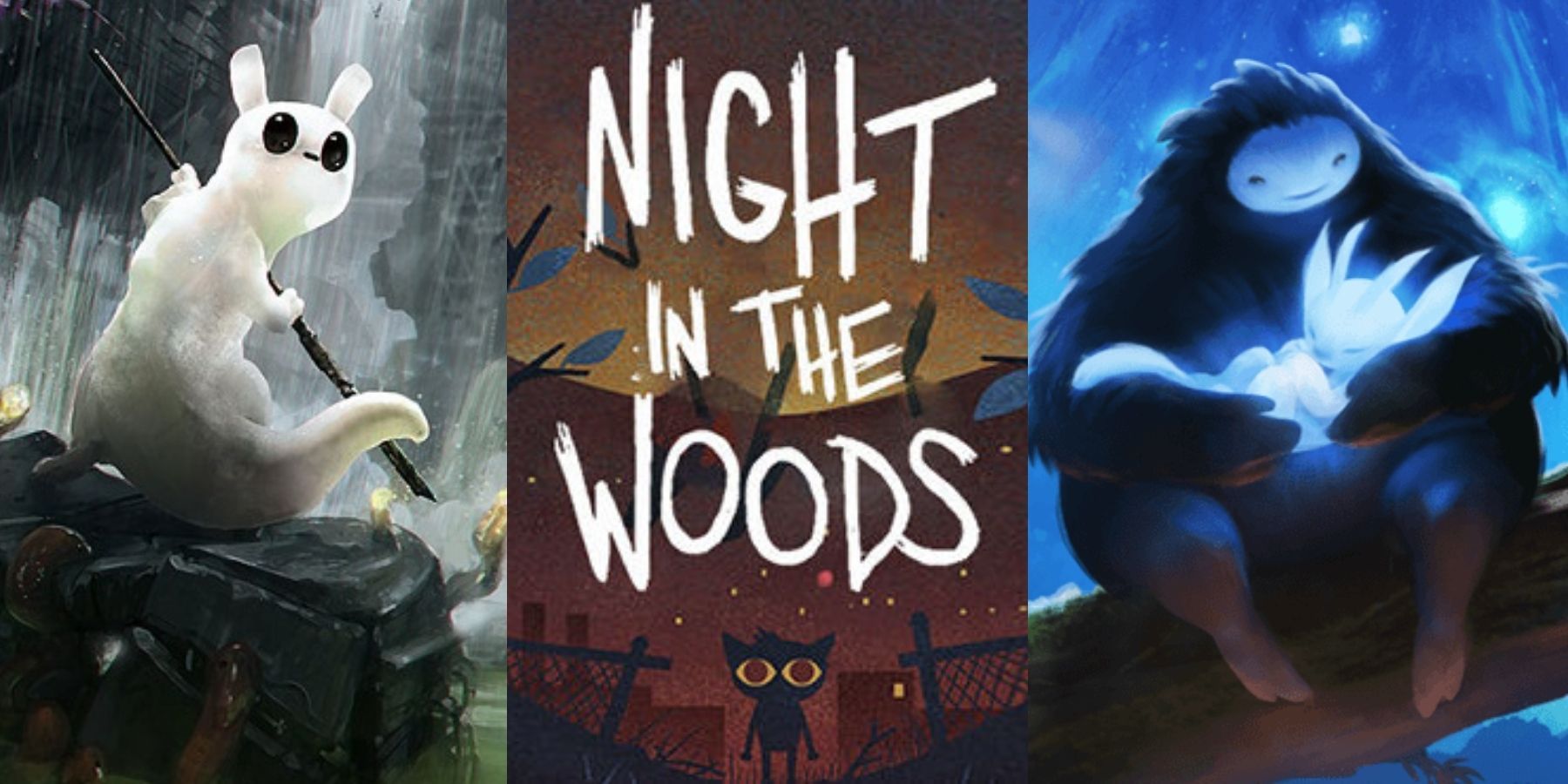
More
Top 5 Indie Game Cover Art
Indie games are unique in their art style and their game play, which creates beautiful cover art that perfectly showcases the games.
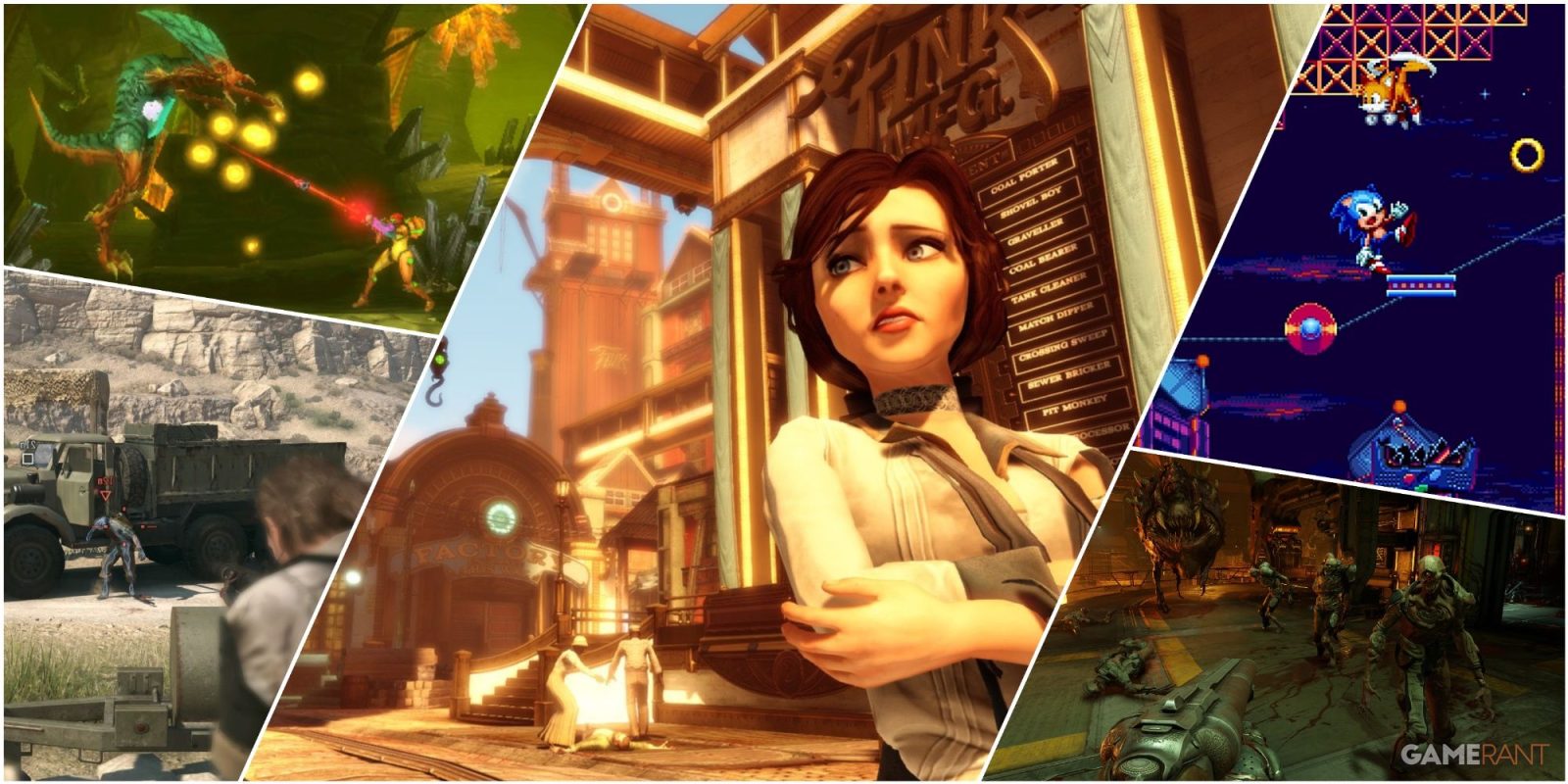


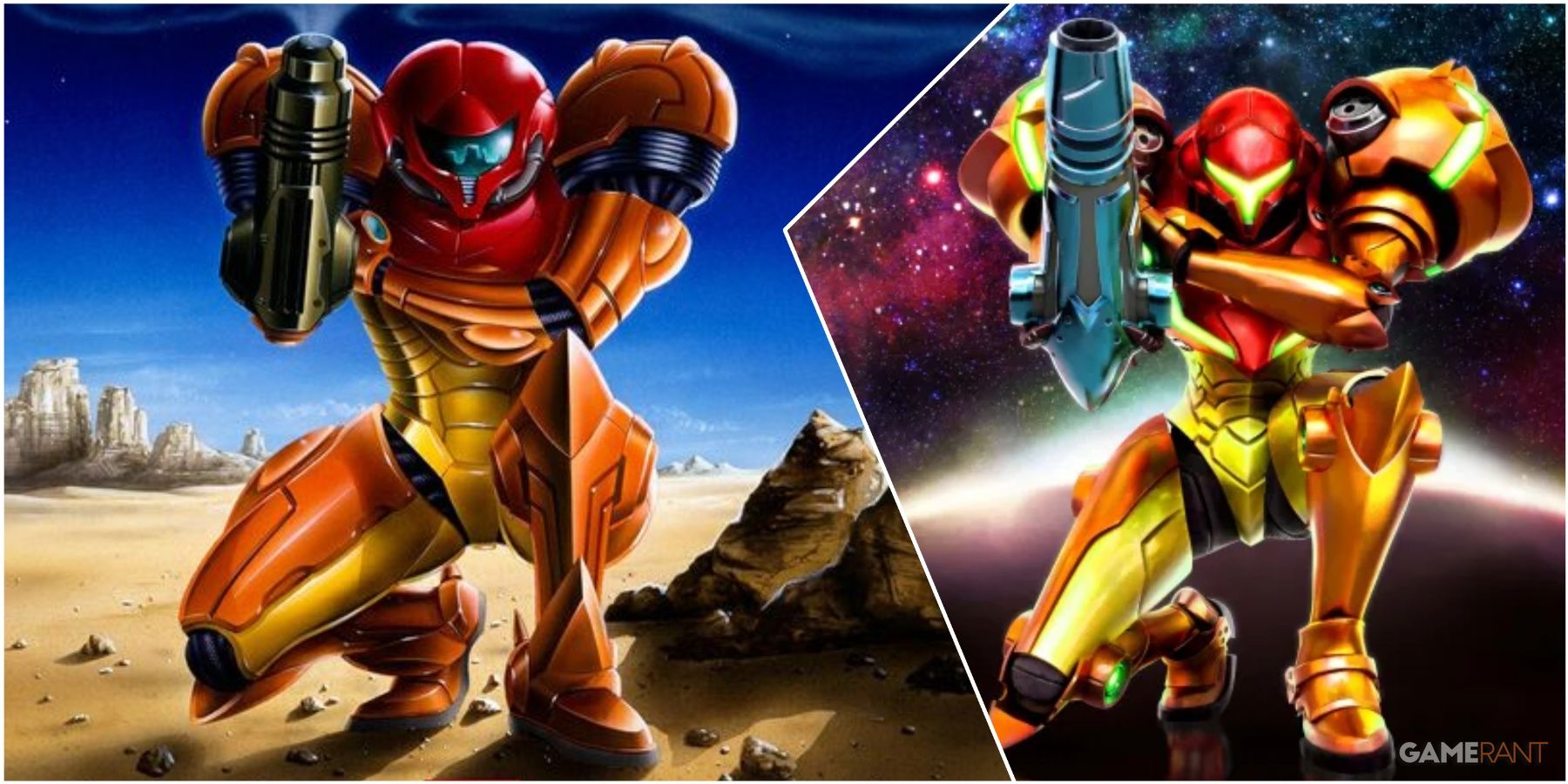

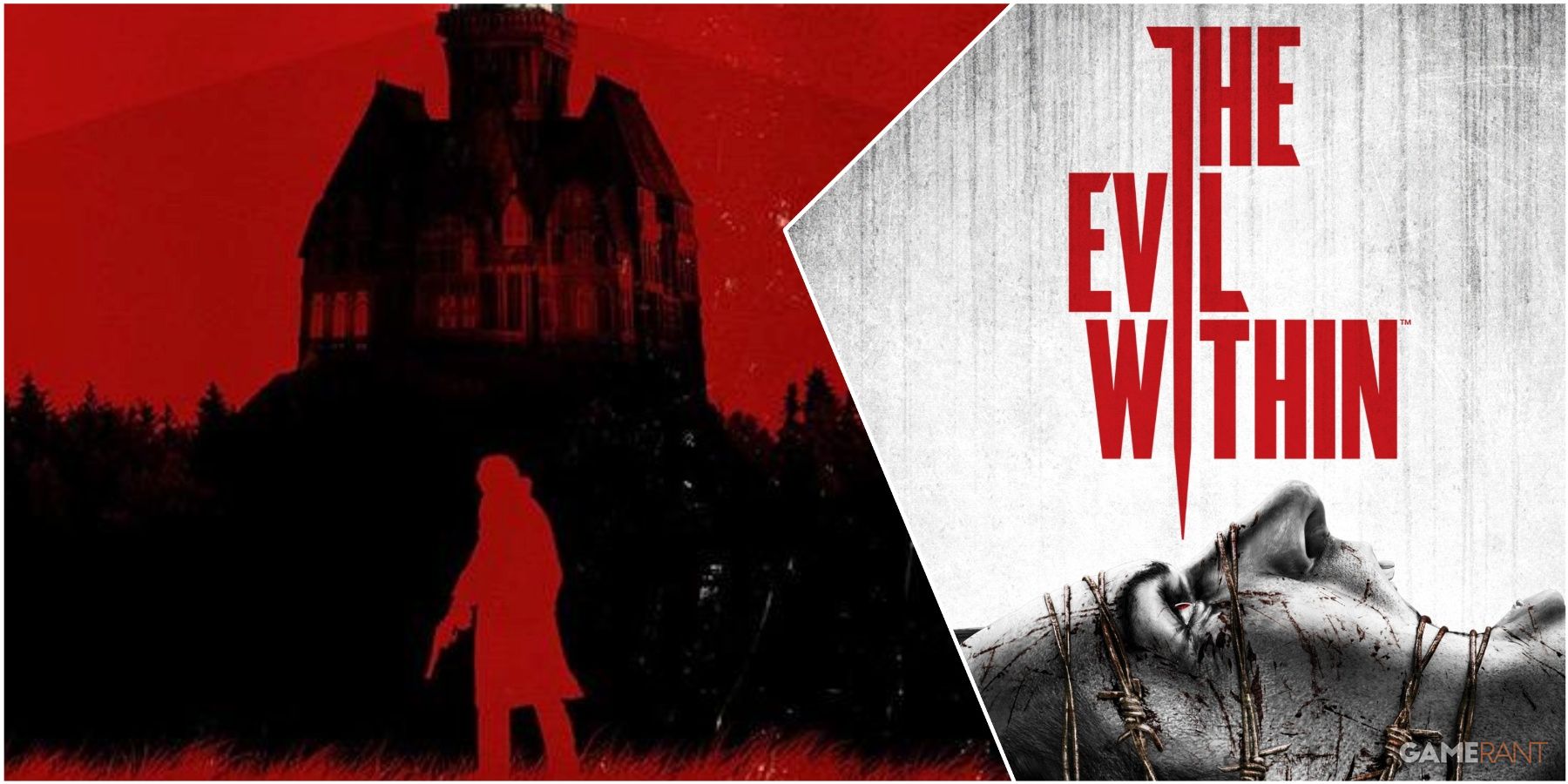
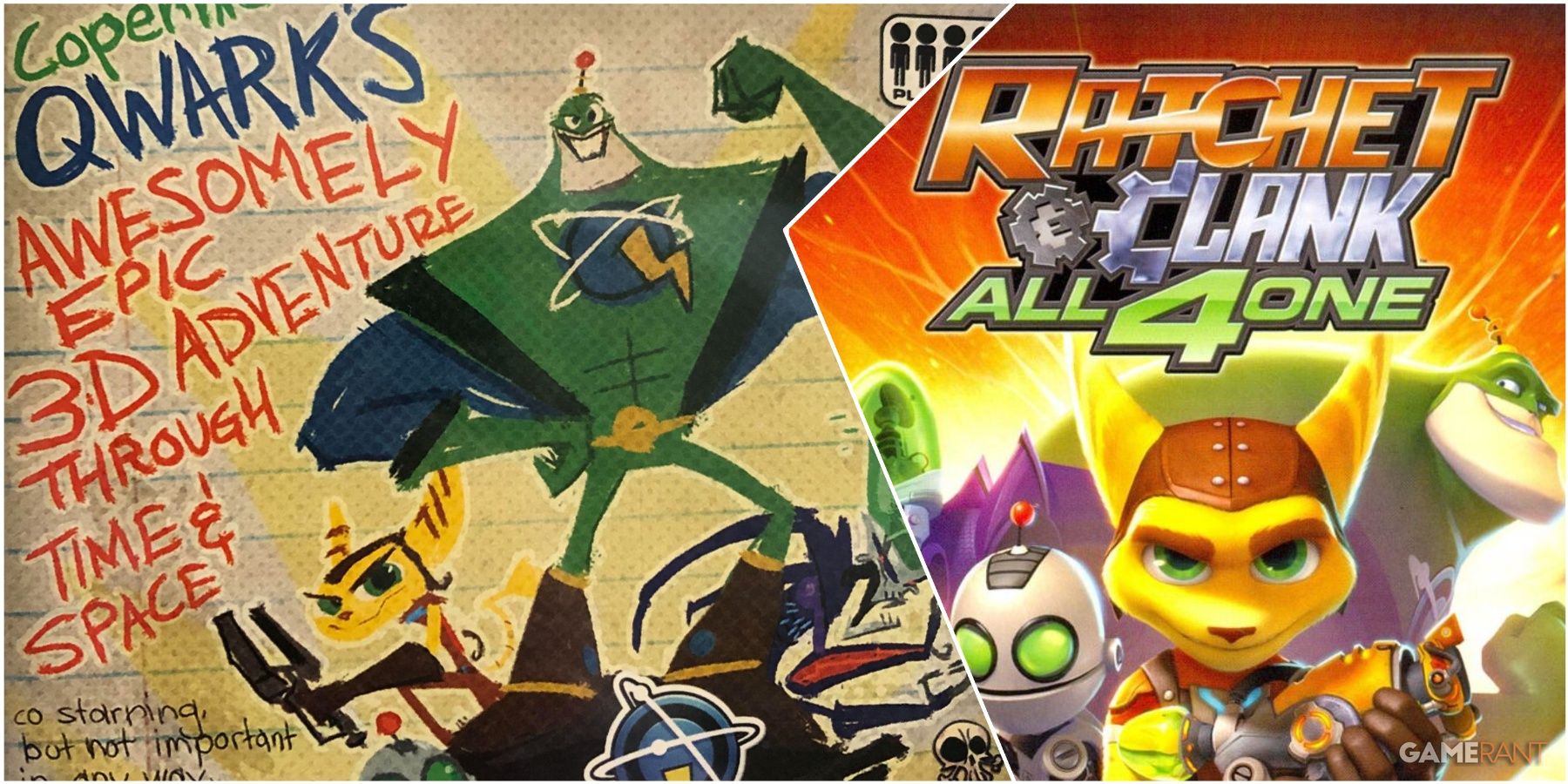


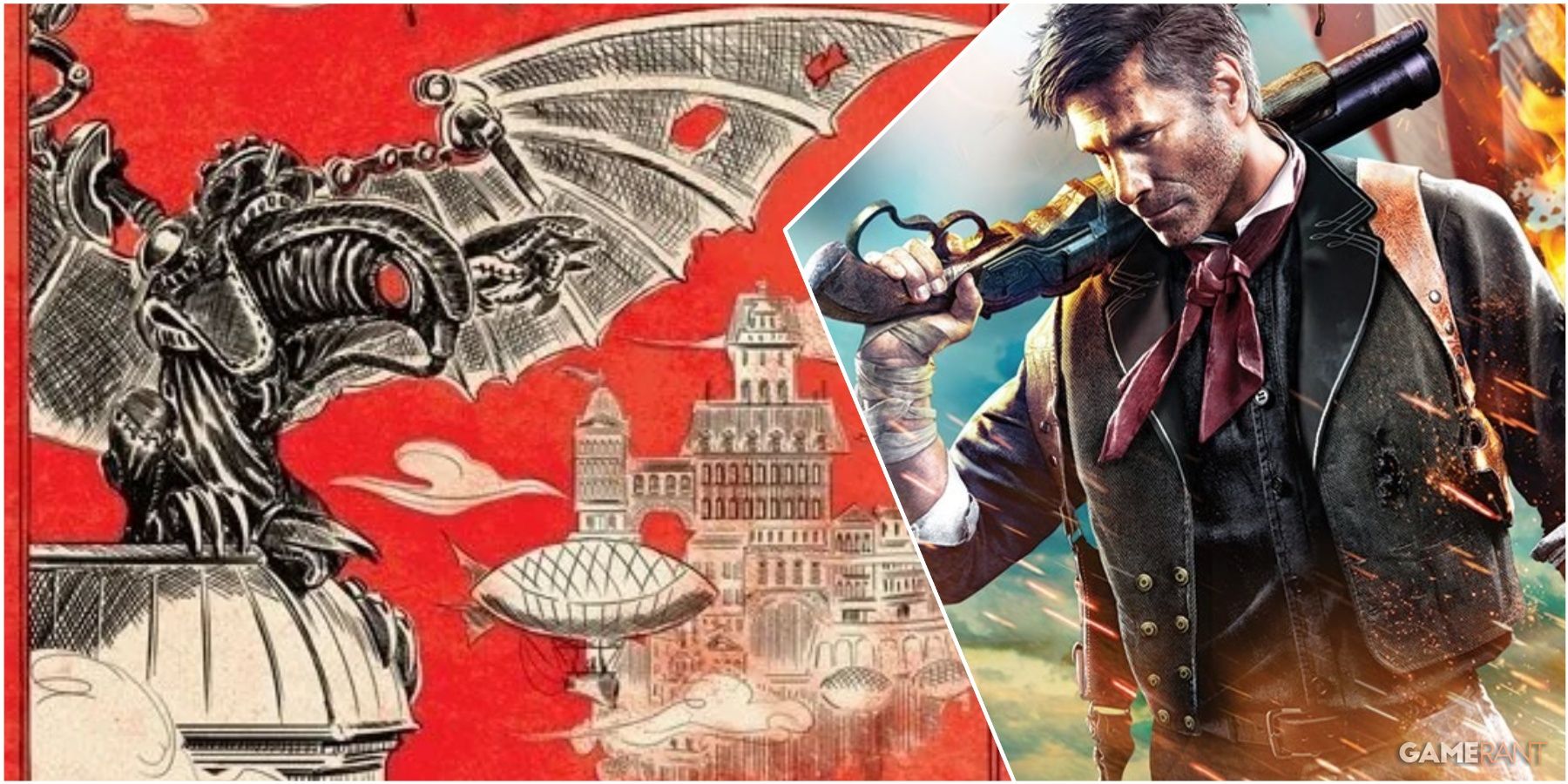
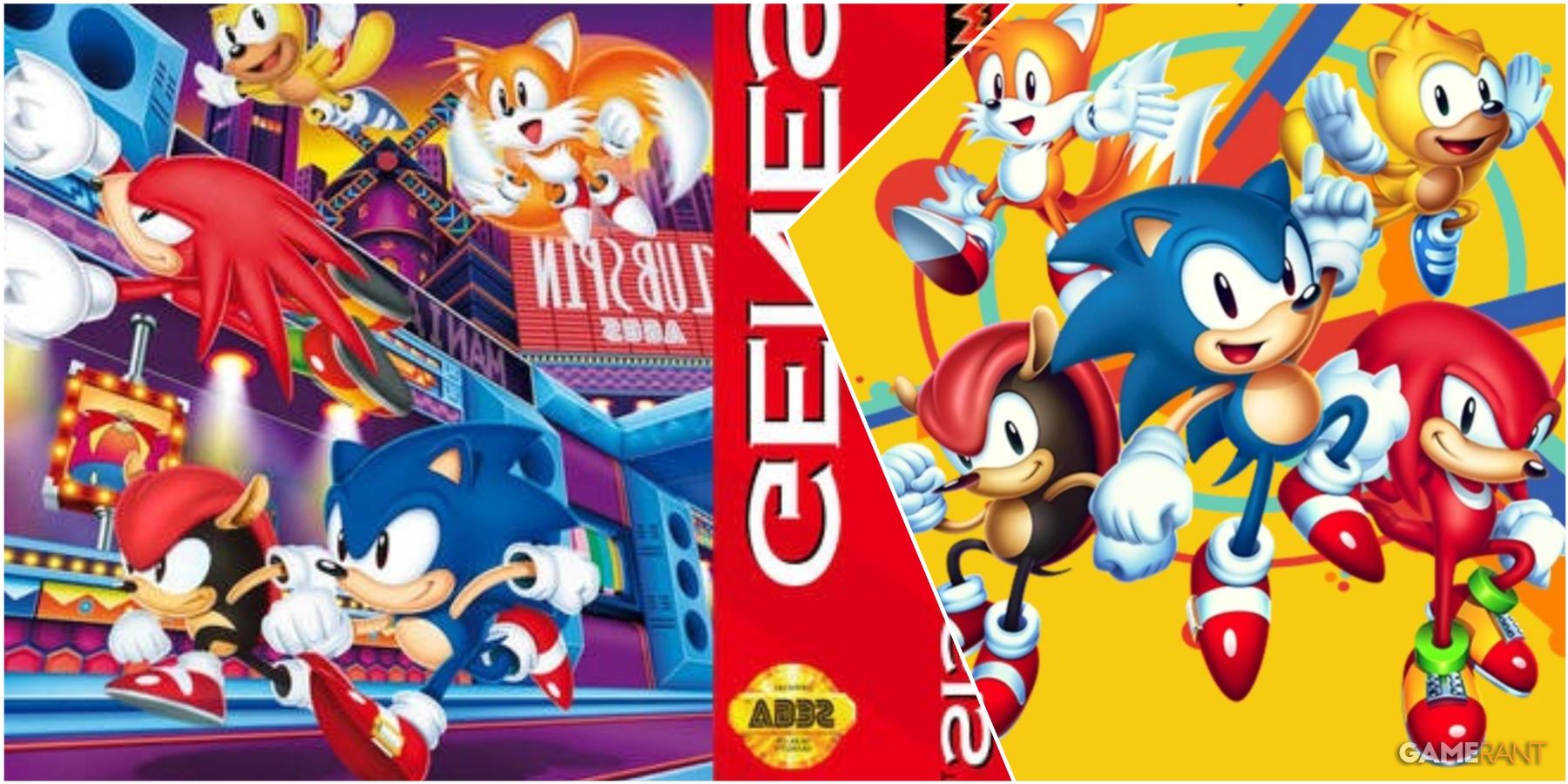
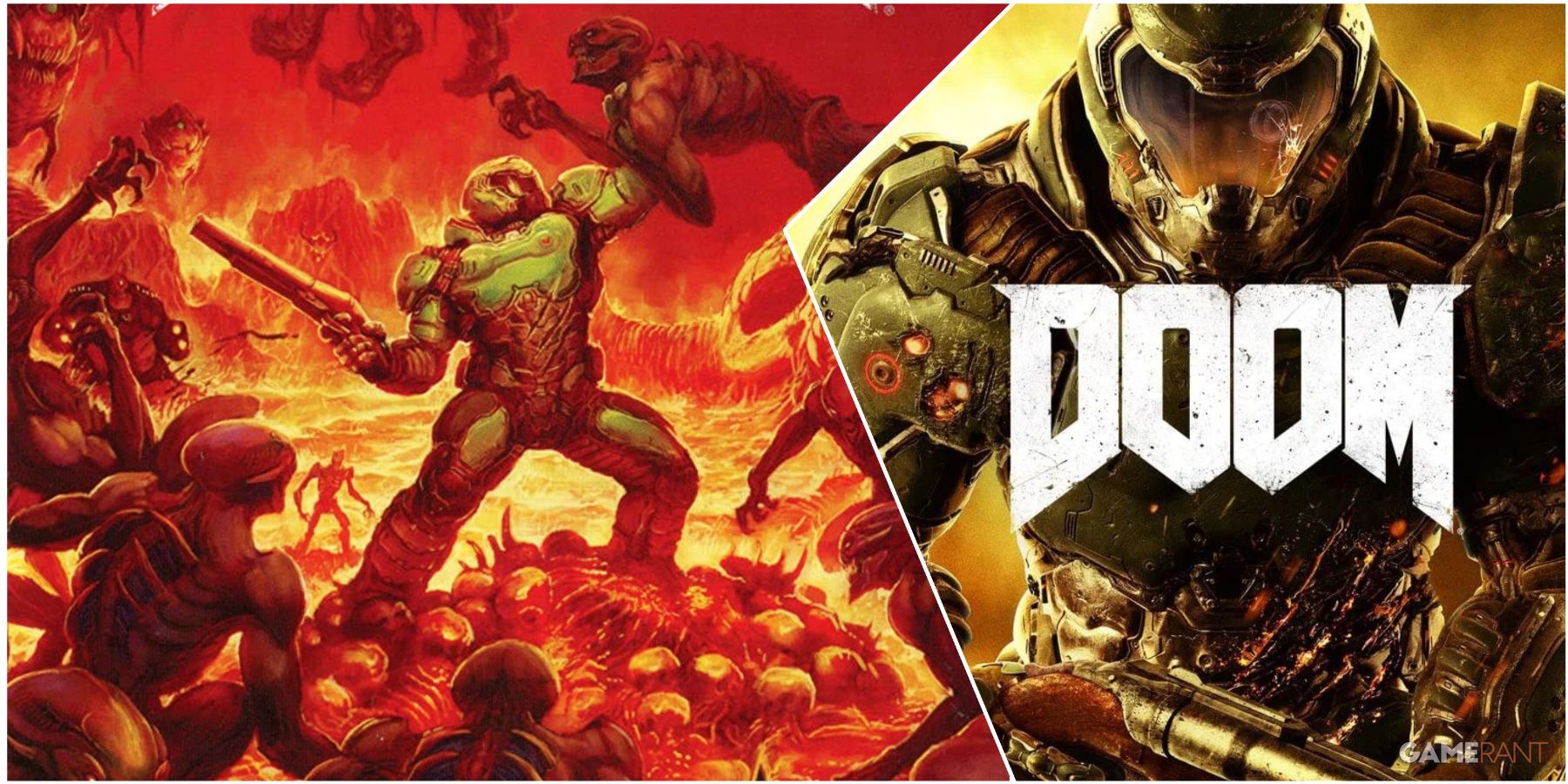
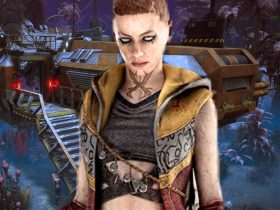




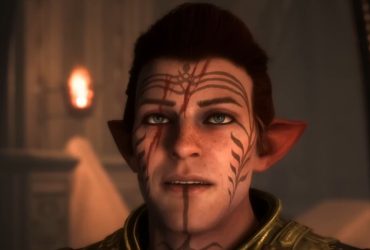
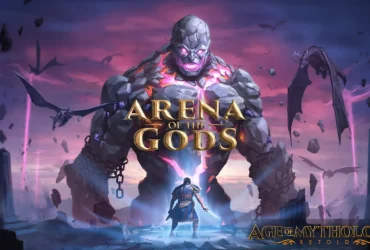
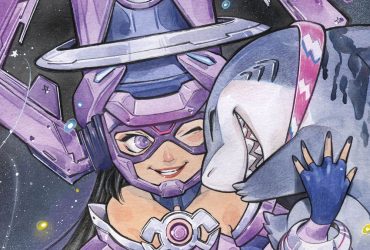
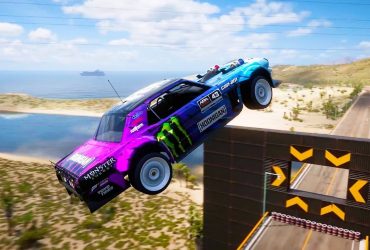

Leave a Reply